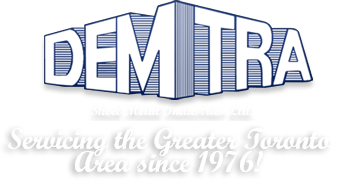Welding Metallurgy and Preheating
In order for a business to provide outstanding welding fabrication in Toronto its welding engineers must have a strong grasp on the metallurgy behind producing optimal weldments.
The science behind the reaction of elements within a metal alloy from typical stresses (e.g. thermal and physical) applied during welding fabrication procedures can alter a metal’s mechanical properties in significant ways.
Most weldment failures for welding fabrication in Toronto are attributed to a lack of knowledge in this regard; a failure that can be mitigated as a welder’s metallurgical knowledge grows. One such topic in making a weldment as robust as possible is through a process known as preheating.
What is Preheat?
The act of slowing the rate at which a weld cools is known as preheating. Why is it used in welding? Well, the reasons behind its usage come from two predominant benefits – minimising cracking and residual stress.
When preheating, it is important that the lowest temperature possible be chosen because, as the preheat temperature rises, the radius of the area affected by heat increases, leading to a damage in the grade of certain steels.
When to Increase Preheat Temperature?
An increase in preheat temperature is advised in circumstances surrounding increased levels of hydrogen, the weld of stronger plates, or higher percentages of carbon.
With regards to carbon levels, the reasoning behind the increase in preheat temperature is simple from a metallurgical standpoint: higher carbon levels in an alloy demonstrate an inclination towards hardening and cracking from rapid cooling.
Welders should have access to preheat charts for simple identification of acceptable temperature ranges for different metals. As a general guide, preheat temperatures can fluctuate between 120-205°C for structural steels, whereas for cast iron welding temperatures can soar as high as 320°C.
Welds That Won’t Go Wrong
We’ve been indebted to all of the clients we have served at Demtra throughout the past 40 years. Our family owned business has been focused on providing outstanding service, quality, and prices throughout three generations, and we don’t plan on stopping anytime soon.
If you’re looking to commission a project for welding fabrication in Toronto, then you’ve found your team. Get in touch and we’ll meet your welding needs, no matter the metal or alloy!





